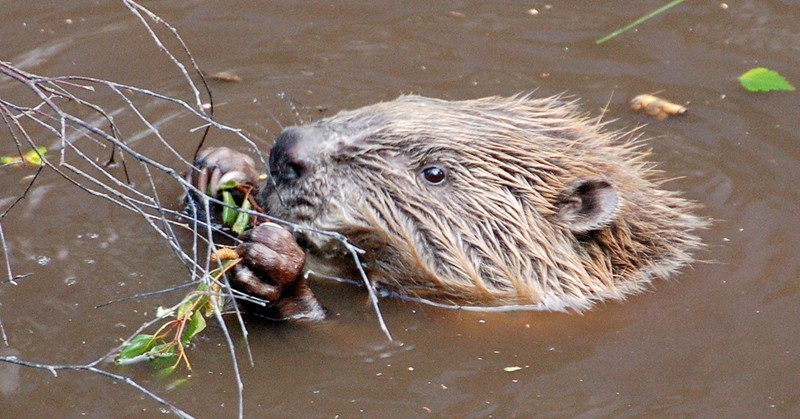Details have emerged over the death of a Tayside beaver that captured the heart of a local group.
The animal, known as Erica, was captured by Scottish Natural Heritage (SNH) last year on the River Ericht during its trapping programme and died this month.
At the time, enraged members of the Scottish Wild Beaver Group (SWBG), near Alyth, demanded answers for Erica’s demise.
They claimed that, if stress was found to be an issue, it would highlight the “cruel policy” of trapping beavers.
However the Royal Zoological Society of Scotland (RZSS), who had been caring for the animal, revealed that Erica’s death was due to nothing more than a small splinter in her leg.
Head of veterinary services Simon Girling said, “An independent post-mortem was carried out on the Tayside beaver captured by SNH and indicates that she died of acute septic shock.
“There was evidence of a small splinter of plant material that had migrated into her leg, which would have provided a route for bacteria to enter her body.”
He added, “There was no visible abscess, indicating the infection was rapid in onset and caused a septicaemia, resulting in septic shock the course of such disease often being less than six hours and often, as in this case, with no warning clinical signs.
“Septicaemia can potentially be caused by any environmental bacteria and there is no evidence of any concerns for other animals.”
The death of the beaver was revealed just two days after SNH announced that it was calling time on its controversial trapping project in Tayside.
Despite the group launching the scheme “as a matter of urgency” with around 20 beavers thought to be living wild, Erica was the only one caught in four months.
SWBG chairwoman Louise Ramsay said, “If trapping and caging of these wild animals was considered by SNH, the Scottish Government and partner organisations as the best policy for managing the welfare of these beavers, then we think they will now have to reconsider this matter and do what we have said all along leave the beavers in the wild, encourage research into their impacts and management of any problems and enjoy the great blessings that these wonderful wild animals bring to Scotland.”
Photo by Flickr user Paul Stevenson.
